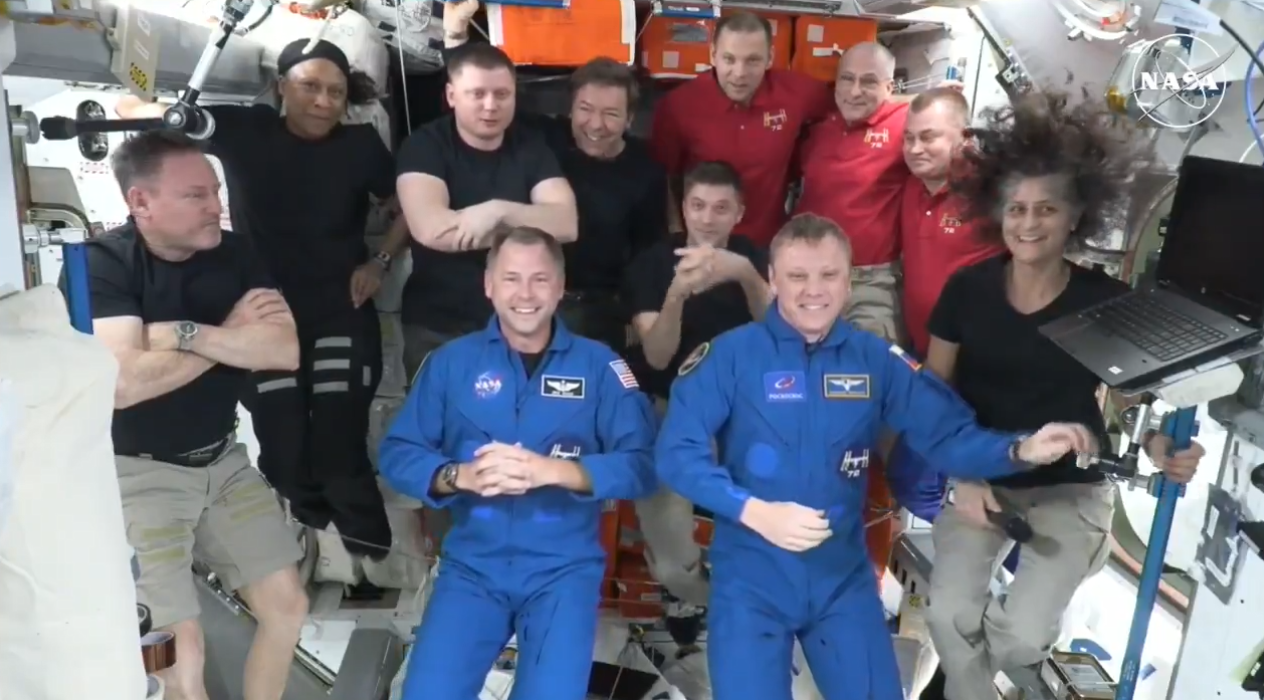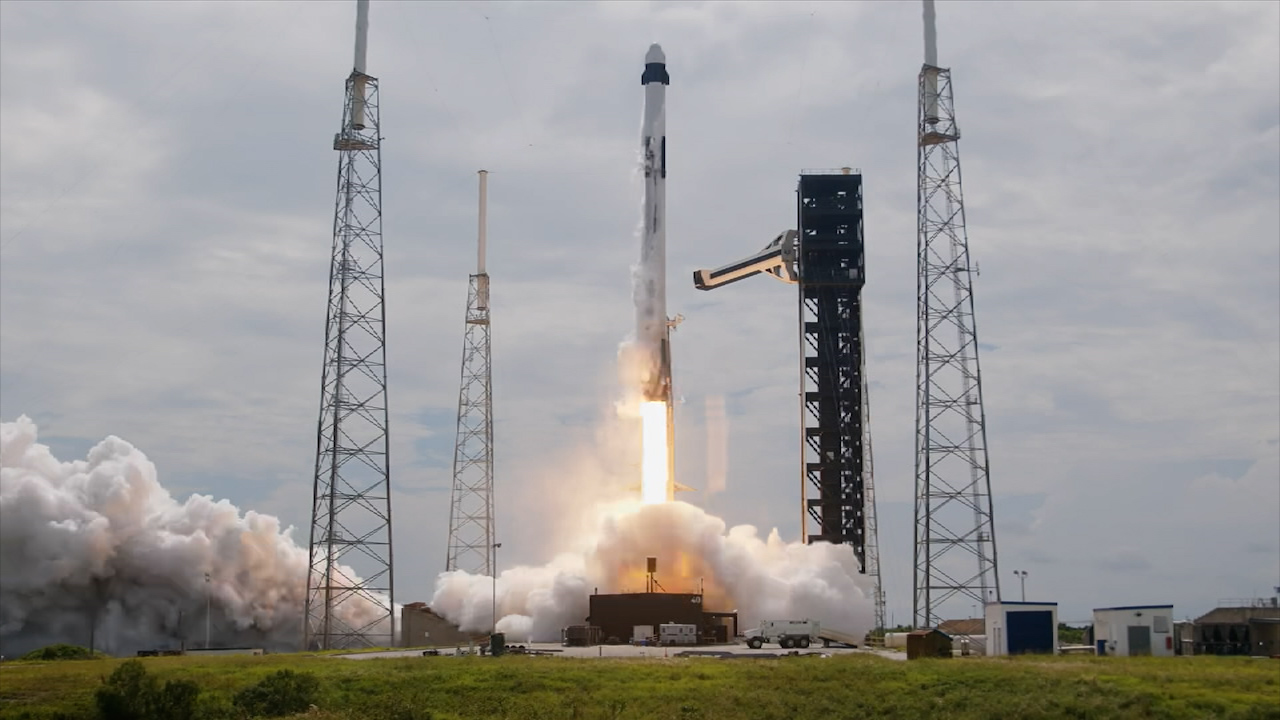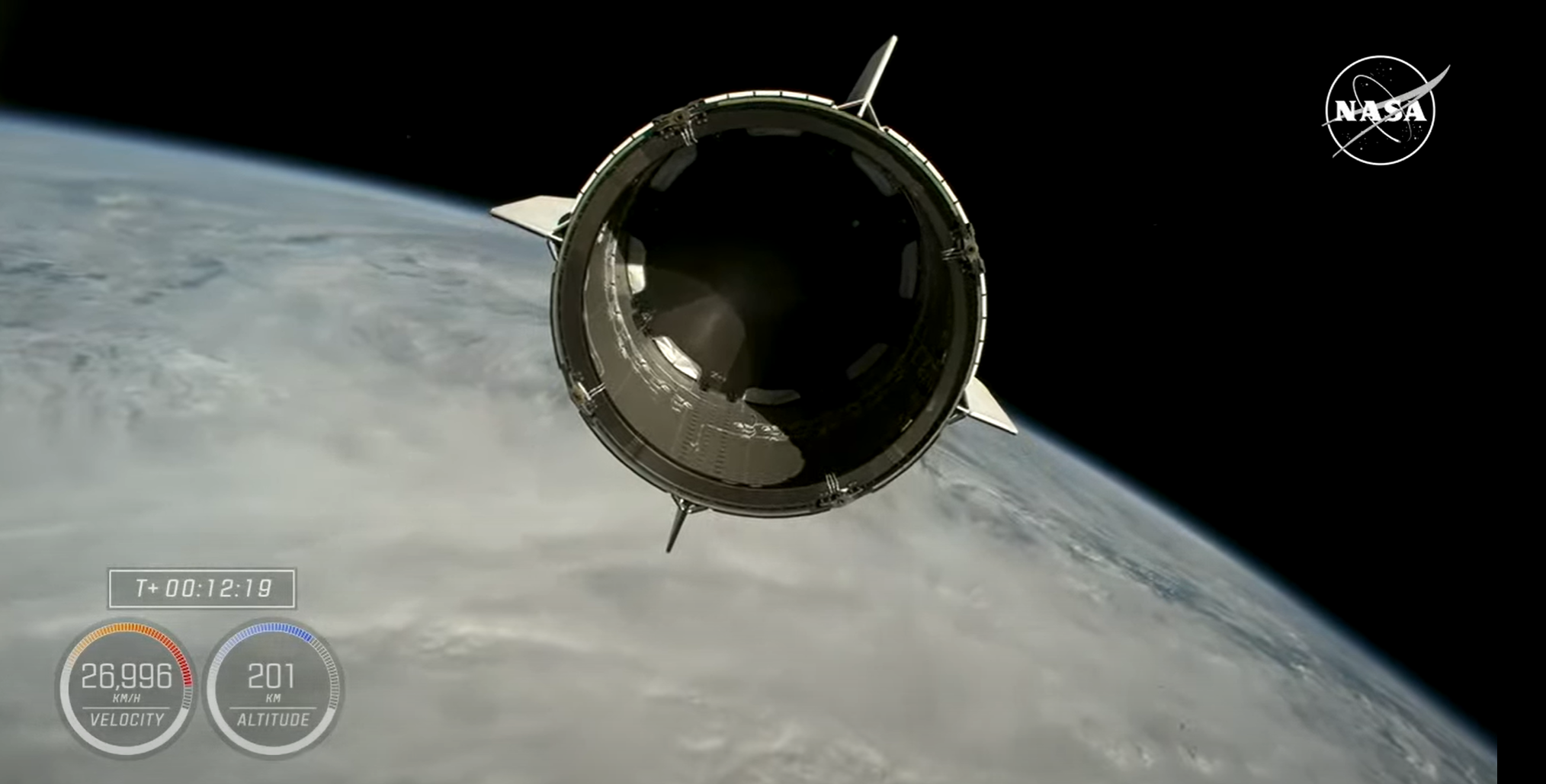
NASA and SpaceX are targeting no earlier than 7:05 a.m. EDT Sunday, Oct. 13, for the agency’s SpaceX Crew-8 mission to undock from the International Space Station. Pending weather conditions, the earliest splashdown time is targeted for 3:38 p.m. Monday, Oct. 14, at one of the multiple zones available off the coast of Florida.
NASA astronauts Matthew Dominick, Michael Barratt, and Jeanette Epps, and Roscosmos cosmonaut Alexander Grebenkin, are completing a seven-month science expedition aboard the orbiting laboratory and will return important and time-sensitive research to Earth.
Mission managers continue monitoring weather conditions in the area, as Dragon’s undocking depends on various factors, including spacecraft readiness, recovery team readiness, weather, sea states, and other factors. NASA will select a specific splashdown time and location closer to the Crew-8 spacecraft undocking.
Click here to read the full release.






